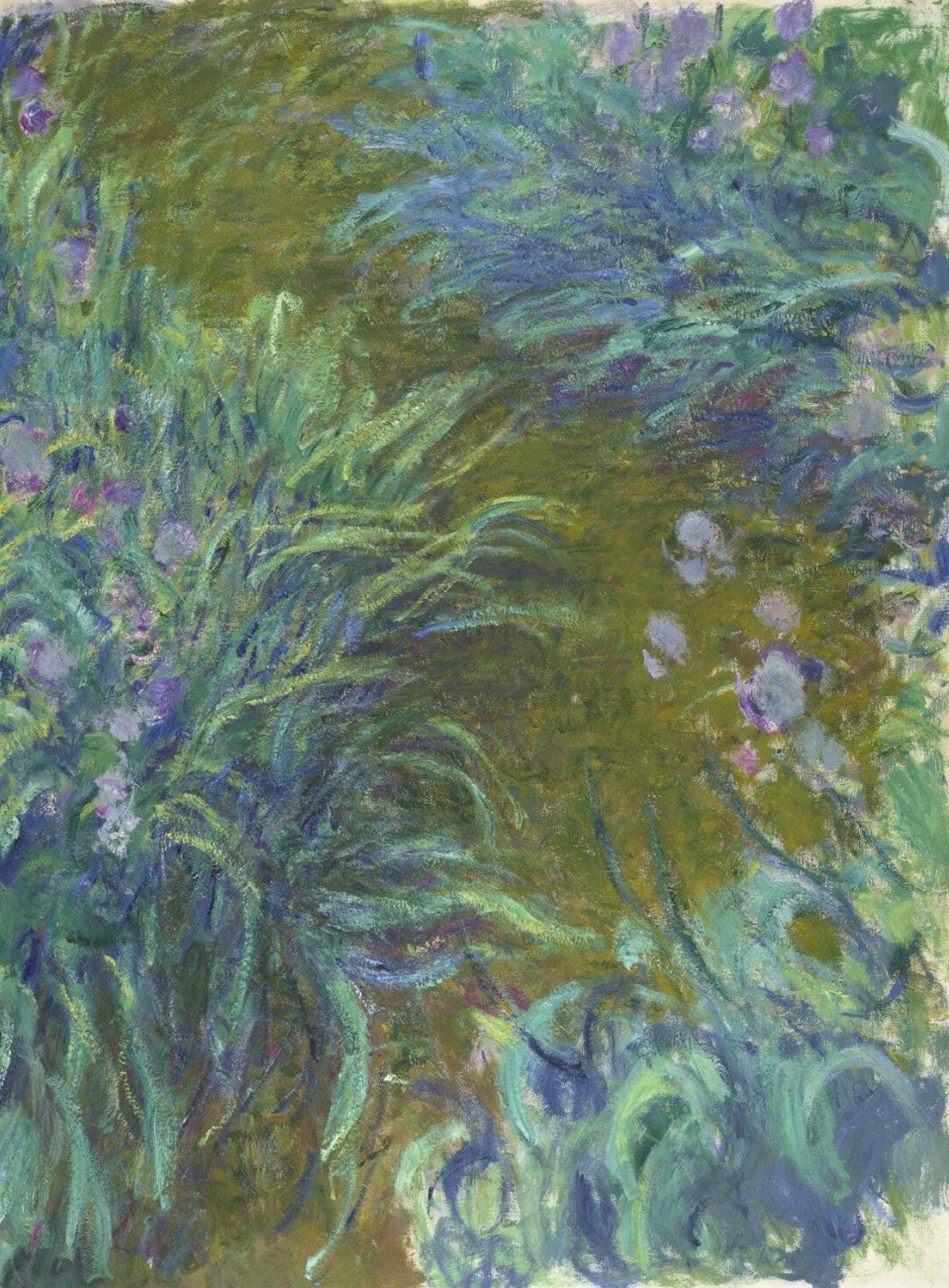Created French Ultramarine
Created French Ultramarine
Couldn't load pickup availability
Share



Description
French Ultramarine is a synthetic single pigment created through a controlled process that replicates the deep, vibrant blue of natural ultramarine made from lapis lazuli. This pigment is produced by heating kaolin, sulfur, and sodium carbonate, forming a rich blue with exceptional chroma and purity. It has a strong granulating texture and a warm undertone, making it a favorite among painters for both traditional and modern applications.
French Ultramarine has excellent lightfastness, making it ideal for long-lasting artwork. It blends beautifully with other pigments, creating deep shadows and soft atmospheric effects. Compared to natural ultramarine, this synthetic version provides a more affordable and consistent alternative while maintaining its unique luminous quality. Its semi-translucent nature allows for smooth layering and glazing in oil, watercolor, and tempera applications.
History
French Ultramarine was developed in the 19th century as a more accessible alternative to natural ultramarine, which had been one of the most expensive and sought-after pigments for centuries.
During antiquity and the Middle Ages, ultramarine was made from crushed lapis lazuli, primarily sourced from Afghanistan. Due to its rarity, it was often reserved for sacred artwork and the most prestigious commissions, such as the robes of the Virgin Mary in Renaissance paintings.
In 1826, French chemist Jean-Baptiste Guimet successfully created the first synthetic ultramarine, which replicated the vibrant hue of natural lapis but at a fraction of the cost. The new pigment was quickly adopted by artists across Europe, providing an affordable yet brilliant blue that could be used more freely in painting.
By the 19th and 20th centuries, French Ultramarine became a staple pigment in the palettes of Impressionist and Modernist painters. Artists such as Vincent van Gogh and Claude Monet frequently used it to achieve rich skies, shadows, and vivid contrasts in their work. In the pictured artwork 'Irises' by Monet, the vibrant blue of French ultramarine is used throughout for strong blues and violet mixes along with cobalt blue and cobalt violet.
Today, French Ultramarine remains one of the most widely used blue pigments in fine art and commercial applications, valued for its depth, versatility, and historical significance.
Health and Safety
Precautions:
Keep out of reach of children and pets.
Do not consume.
Not for cosmetic or food usage.
Do not spray apply.
For further health information contact a poison control center.
Use care when handling dry pigments and avoid dust formation.
Use particular caution with fibrous, fine, or toxic pigments.
Do not eat, drink, or smoke near dry pigments.
Avoid breathing in pigment dust and use a NIOSH-certified dust respirator with sufficient rating for dry pigment.
Wash hands immediately after use or handling.
If dust is likely, always wear protective clothing to keep out of eyes, lungs, off skin, and out of any contact as well as keep area ventilated.
This product may contain chemicals known by the State of California to cause cancer, birth defects, or reproductive harm.
Warnings and bottle information are abbreviated.
Pigment Information
Pigment Type: Synthetic (Silicate-based)
Suitable Mediums: Watercolor, Oil, Tempera, Acrylic
Lightfastness: Best
Opacity: Semi-translucent
Other Names: Synthetic Ultramarine, Guimet’s Blue, Ultramarine Blue
Color Index Code: PB29
Image: 'Irises' by Monet from the National Gallery



